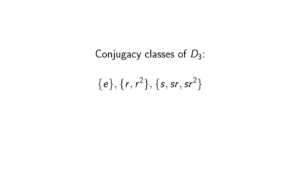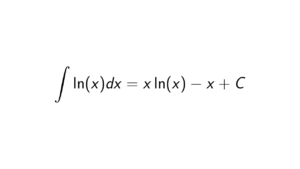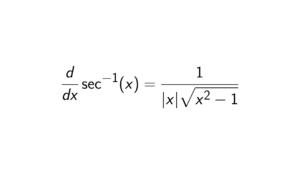How to prove that any two nonzero elements of a principal ideal domain have a least common multiple
In order to prove that statement, let’s recall what actually a least common multiple is. Let a,b \in R nonzero elements, where R is a P.I.D. A least common multiple of a and b is an element e of R such that:
- a \mid e and b \mid e
- if a \mid e' and b \mid e', then e \mid e'
Prove that any two nonzero elements of a principal ideal domain have a least common multiple
Proof: let (a) \cap (b) = (e). Then (e) \subseteq (a) and (e) \subseteq (b). This means that there exists r_1,r_2 \in R such that a=r_1e and b=r_2e. This implies that a \mid e and b \mid e, which proves the first statement.
If a \mid e' and b \mid e', then (e') \subseteq (a) and (e') \subseteq (b). Since (a) \cap (b) = (e), we must have that e' \in (e), which means there exists r \in R such that er = e', and therefore, e \mid e'.


